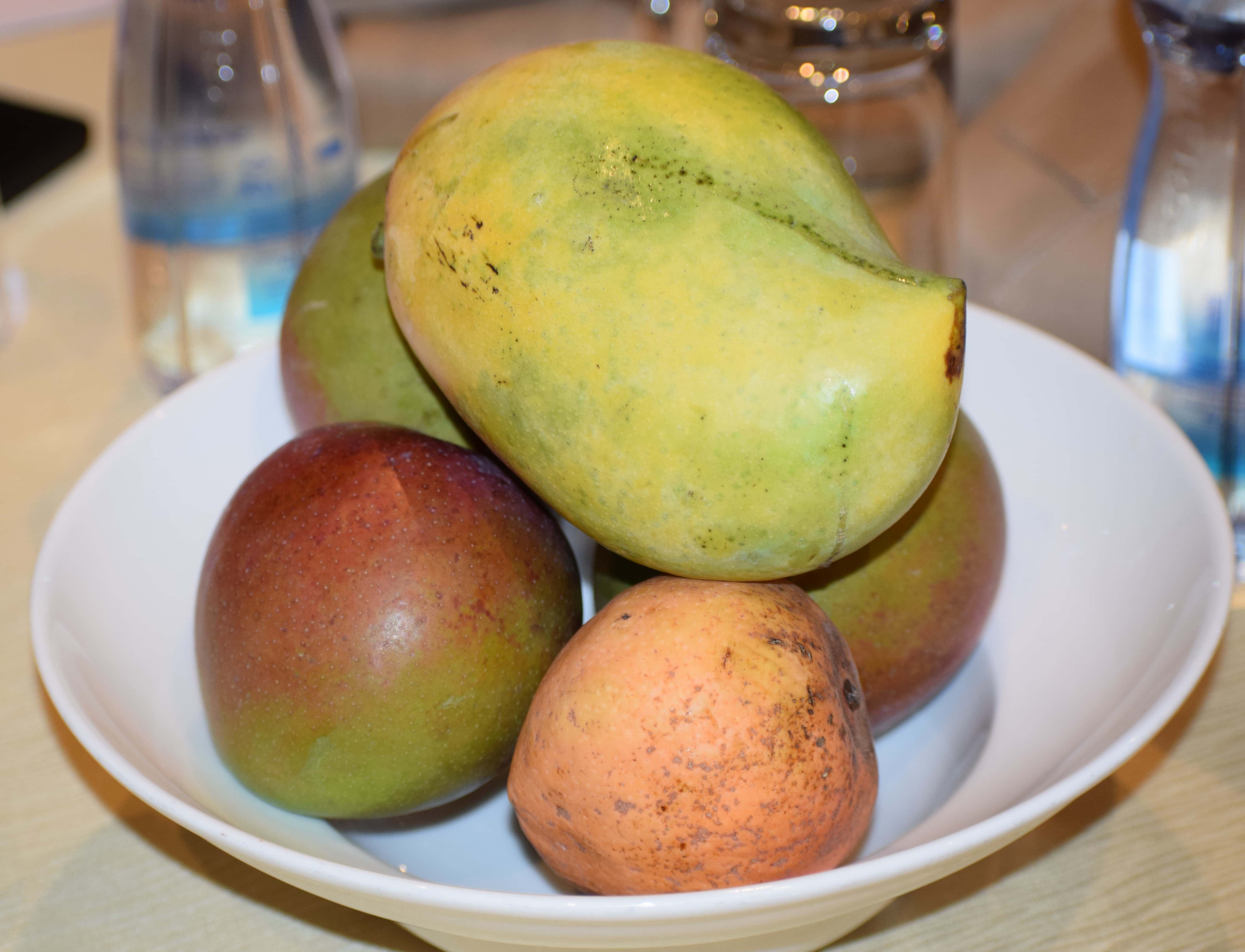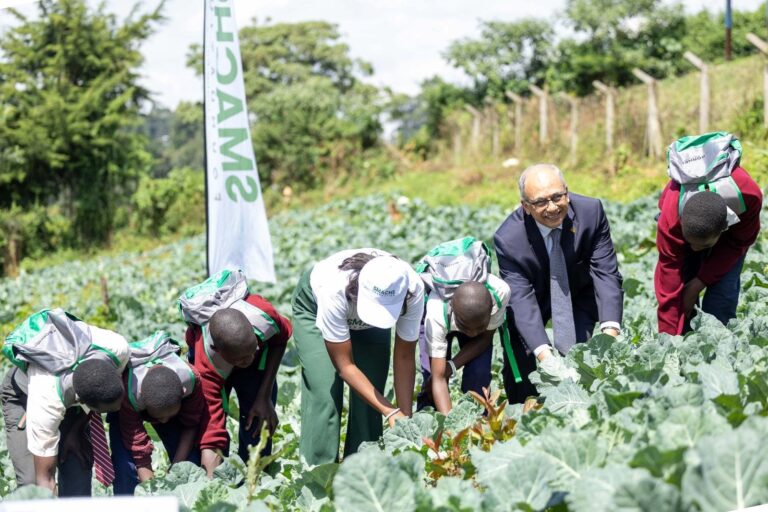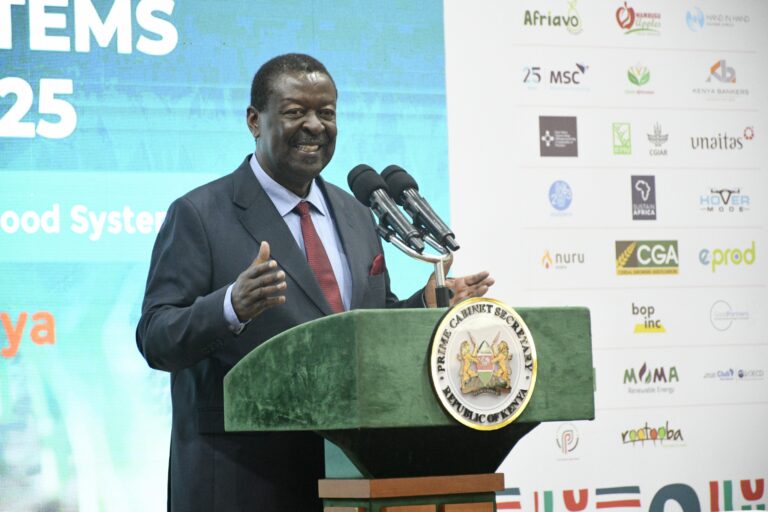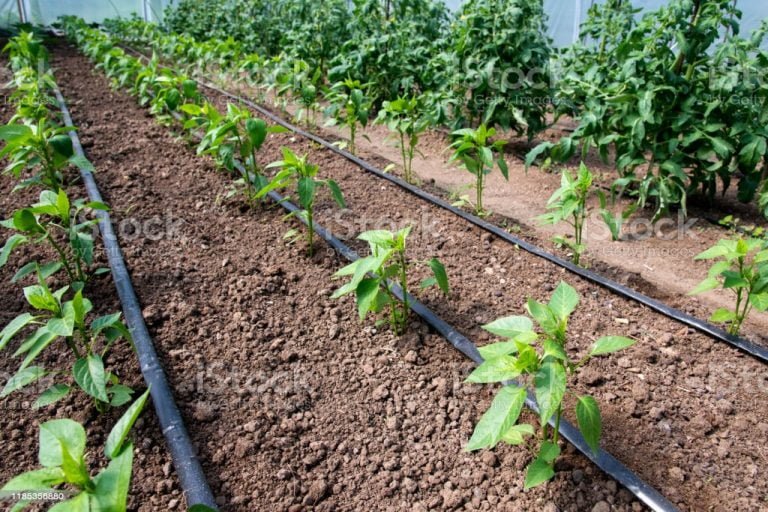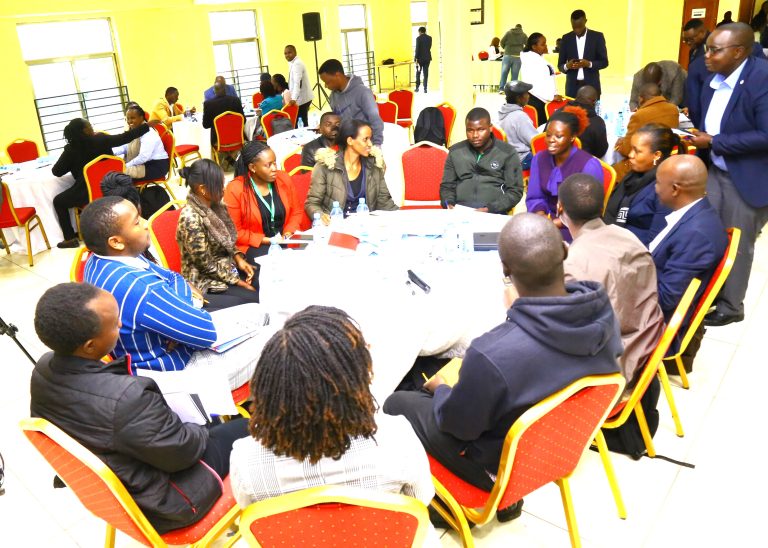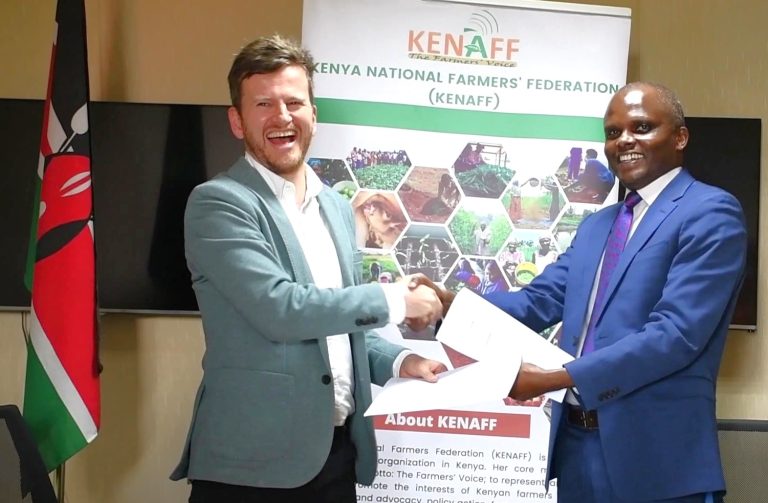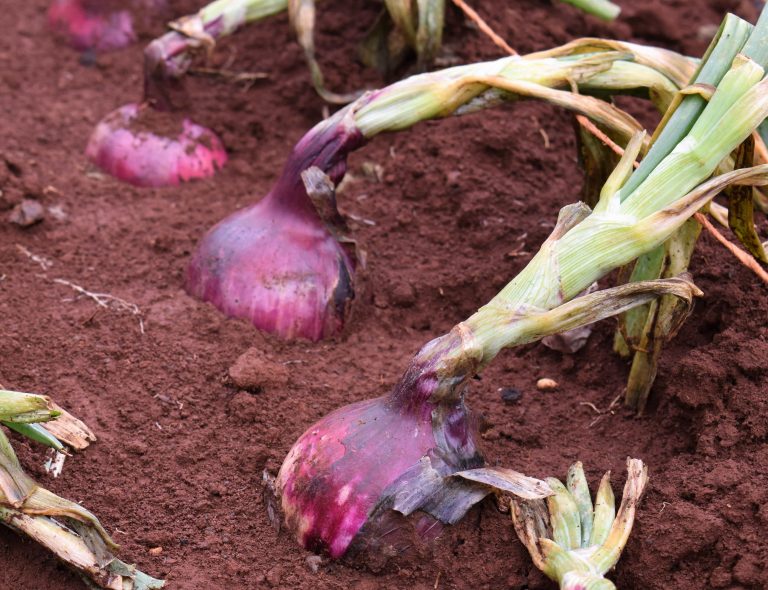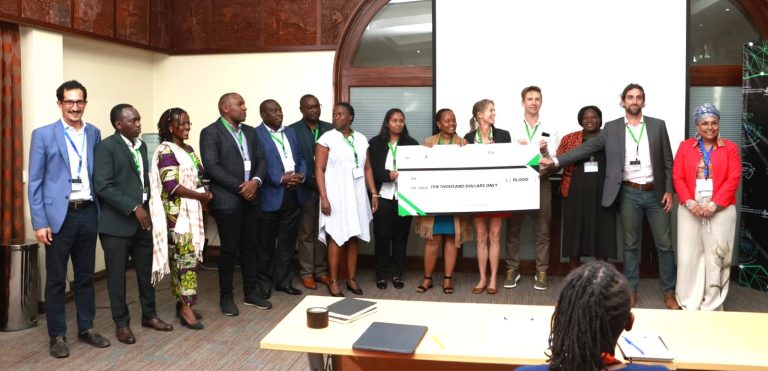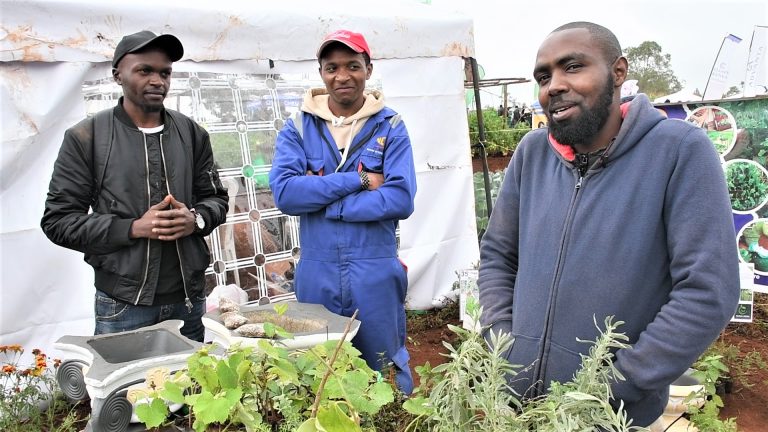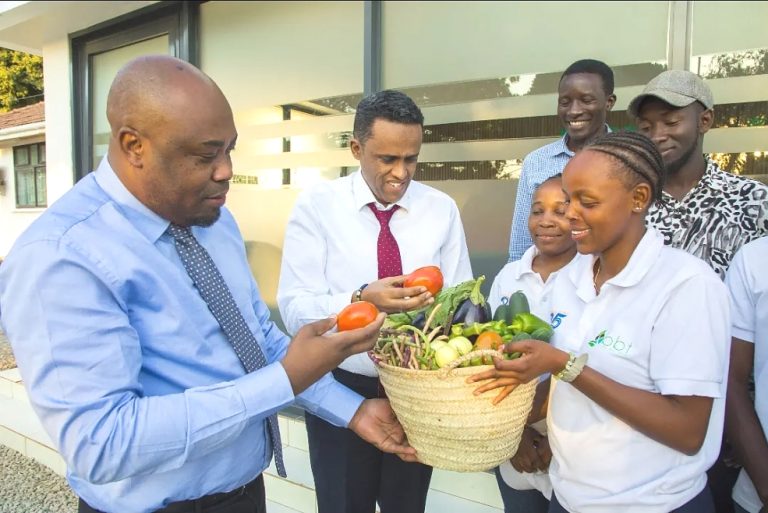- Mango producing counties include: Kwale, Tana River, Taita Taveta, Murang’a, Elgeyo Marakwet, Lamu, Kilifi, Machakos, Garissa, Makueni, Kitui, Embu, Tharaka Nithi, Meru.
- Three popular mango varieties- Kent, Ngowe and Apple mango.
- The Kent, Kaitt and Apple varieties are preferred for export and are mainly grown in Upper Eastern, Eastern, Central, Lower Eastern and Coastal areas.
Ngowe is largely grown in Coast counties with Tana River leading. the variety is used for processing juice- December to February marks Kenya’s peak production period for mangoes.
- Kenya accounts for 1% of global mango production. India is the highest producer.
- Kenya has very unique seasons for mango production globally.
- TechnoServe estimates Kenya’s annual production to be between 400,000 – 500,000 metric tonnes with post-harvest losses being below 25%.
- 90% of mangoes in Kenya are sold in the informal markets (Vibanda).
- Mango processors in the country operate at 30% capacity due to lack of raw materials. The prices of mangoes at
processor level has risen by more than 80% in the last 7 years due to increaseddemand and low supply.
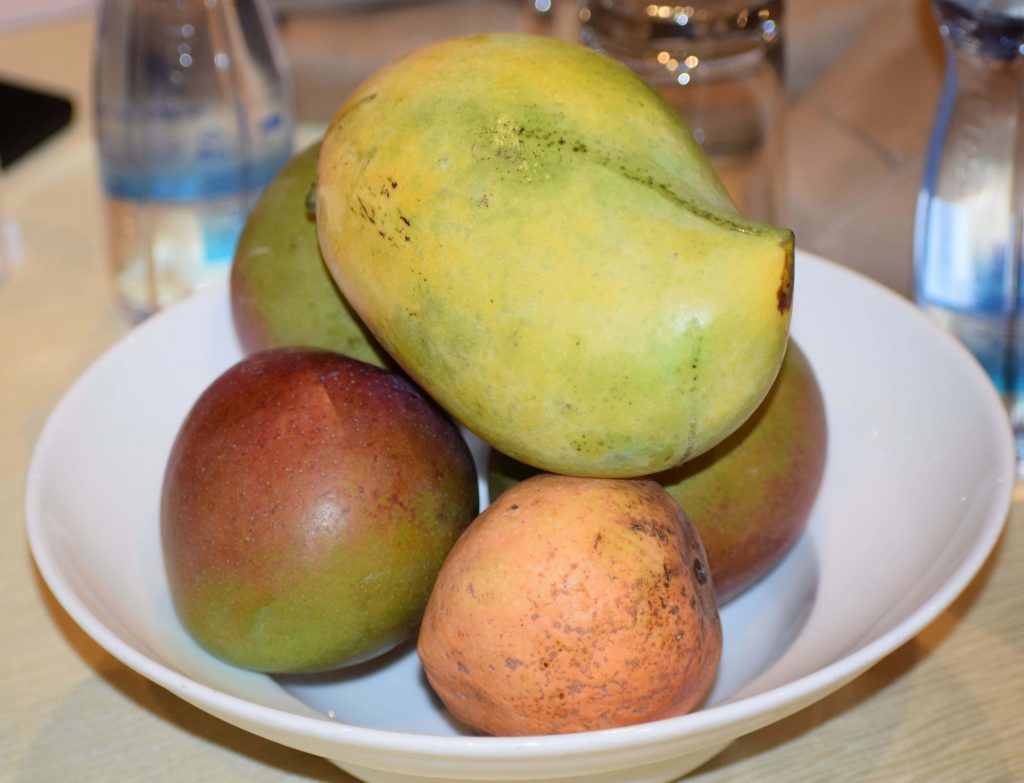
- Some of the challenges affecting mango traders/farmers in Kenya include:
- Post-harvest losses due to fruit flies and mango seed weevil infestation.
- Poor feeder roads making some farms inaccessible to buyers.
- Low mango per-capita consumption of mangoes by Kenyans – No mango eating culture.
- Regional trade barriers especially in Tanzania.
- Multiple taxation by County governments.
- Lack of adequate government support both at National and County levels.
- Market structures in towns not configured to handle fresh produce.
- Climate changes and non-preferred varieties.
- Lack of access to finance for both farmers and traders
- Access to
stable market.
Source : TechnoServe


